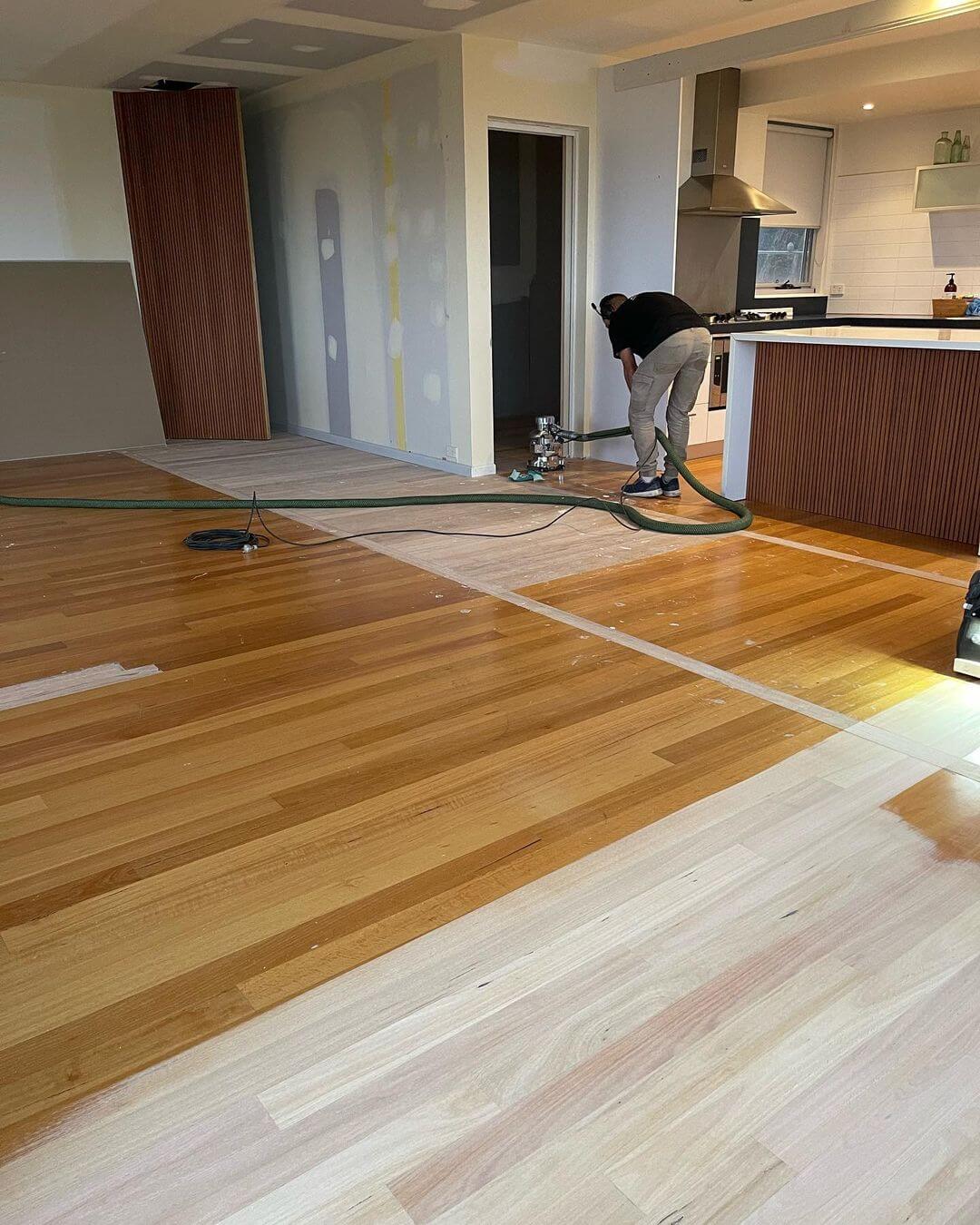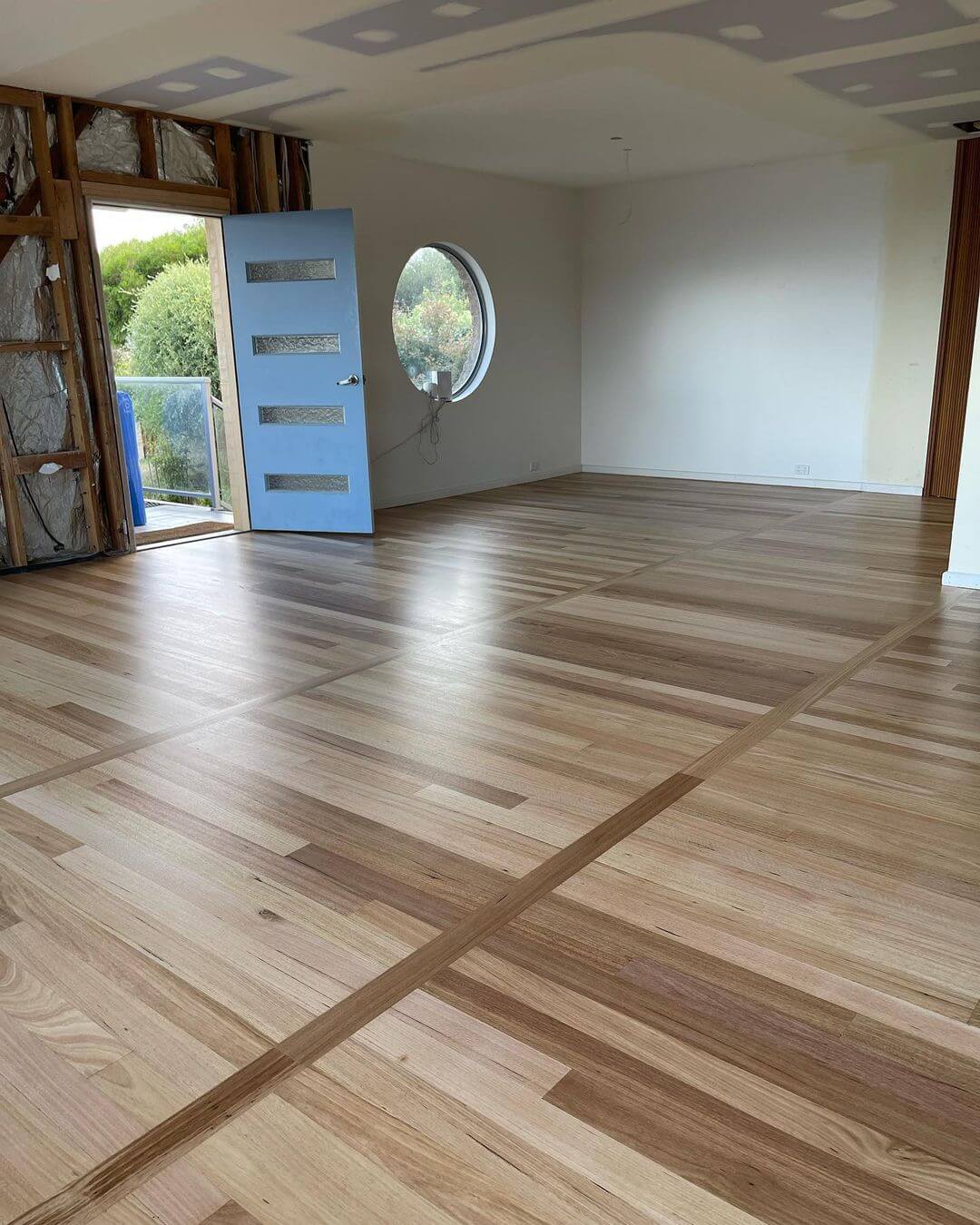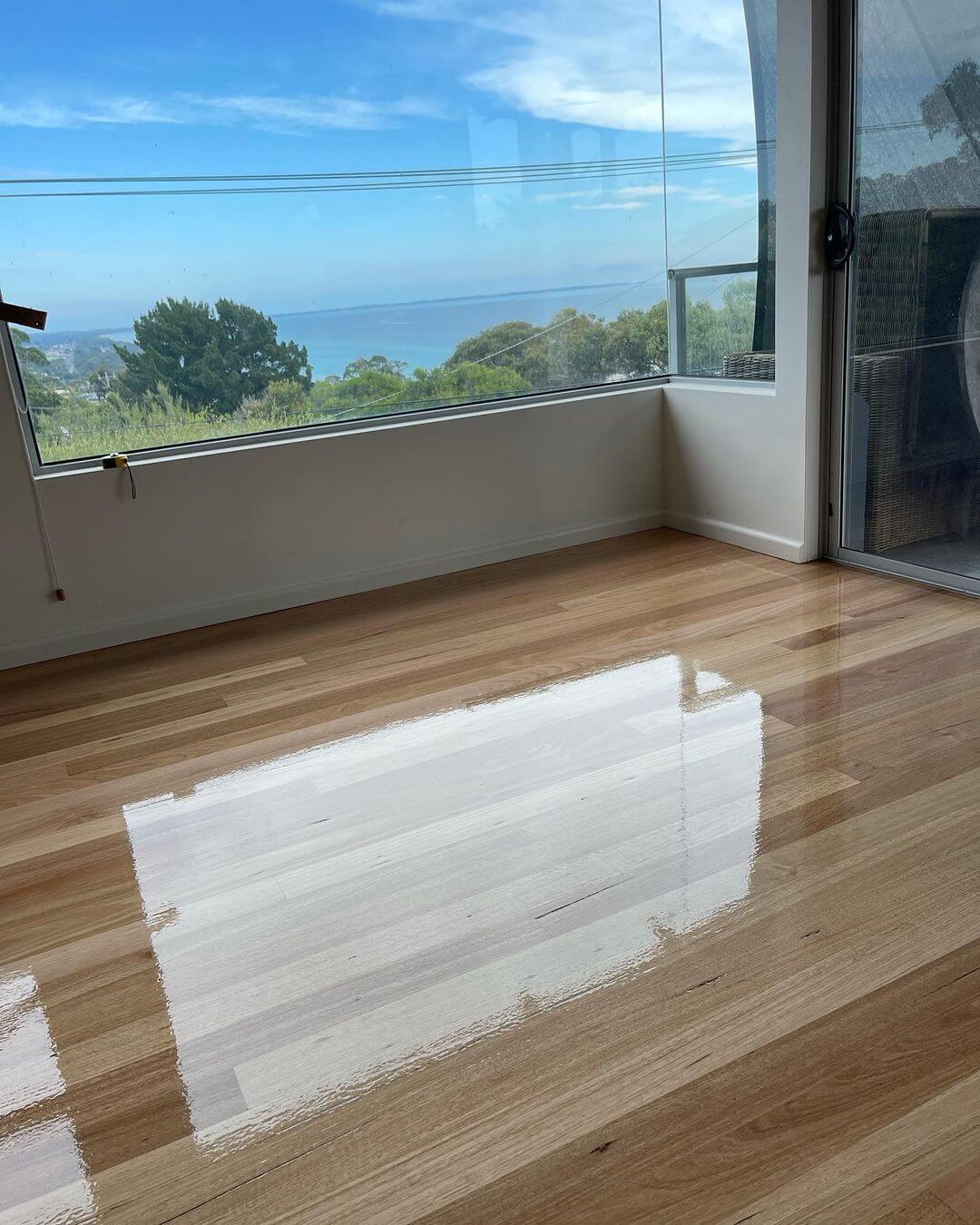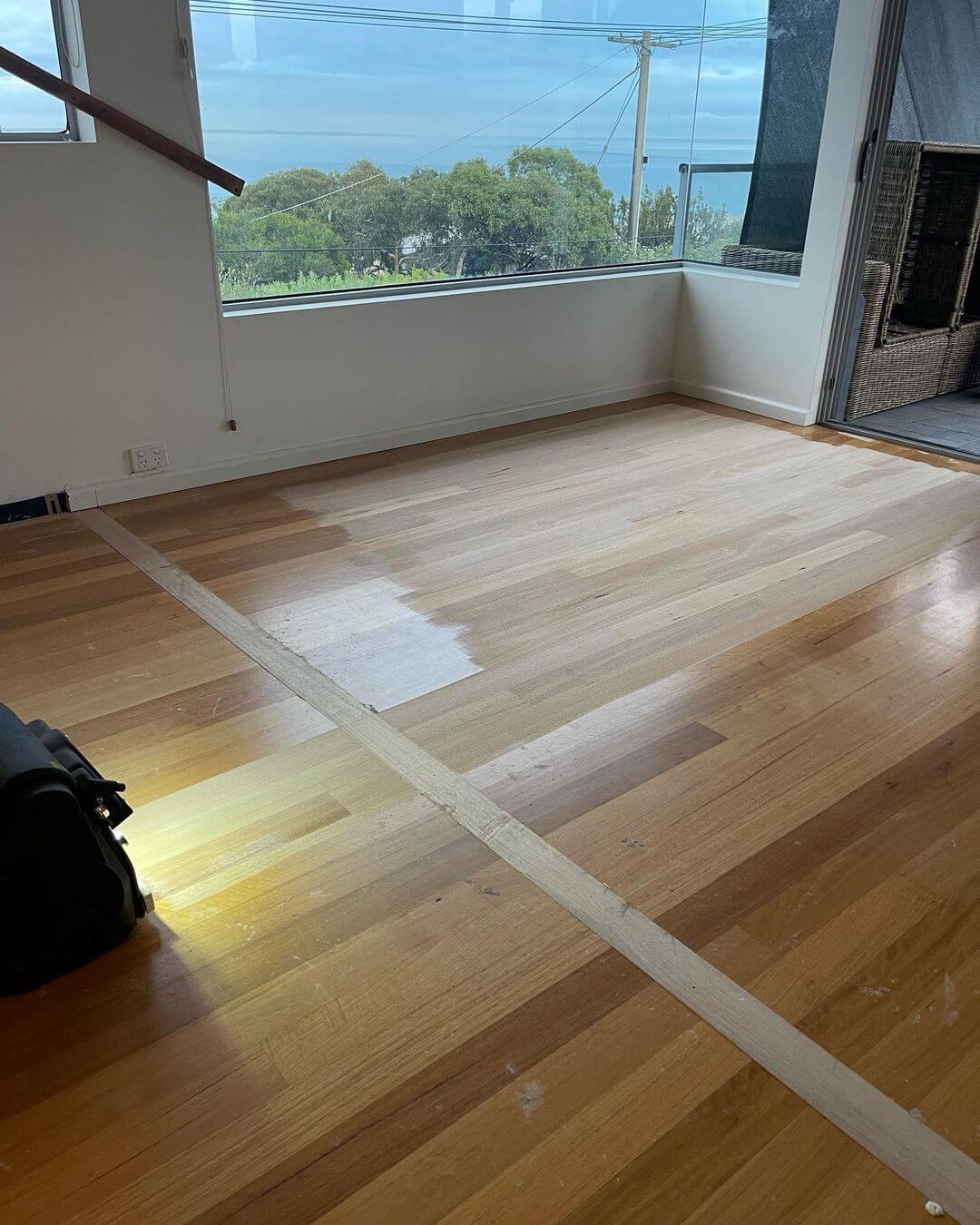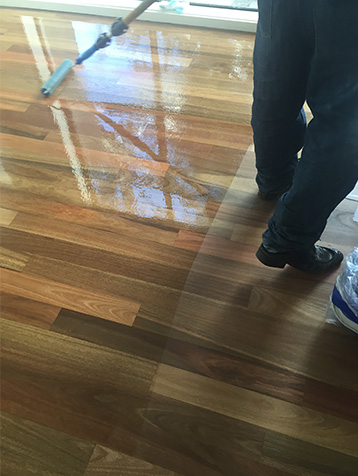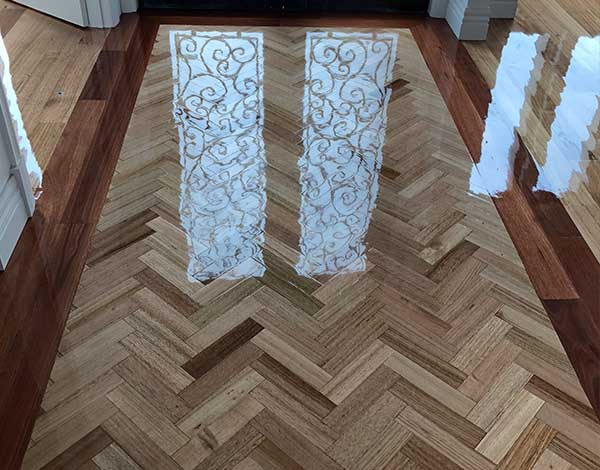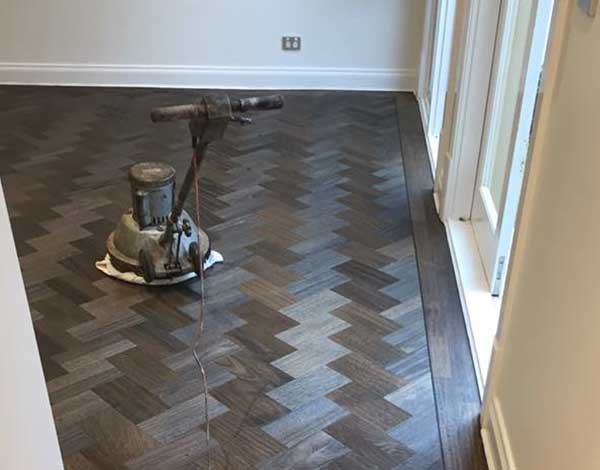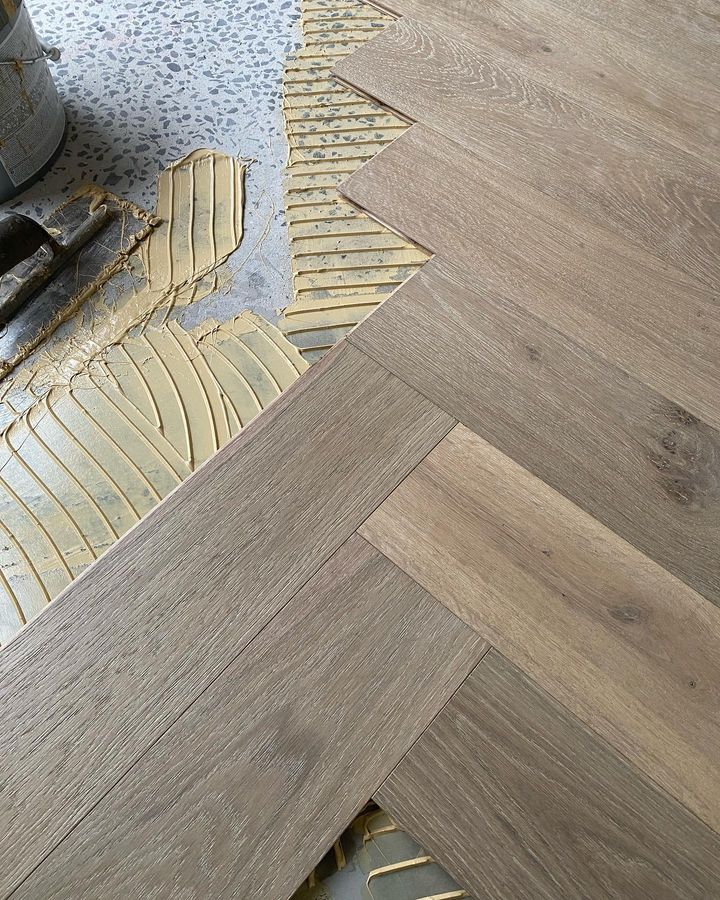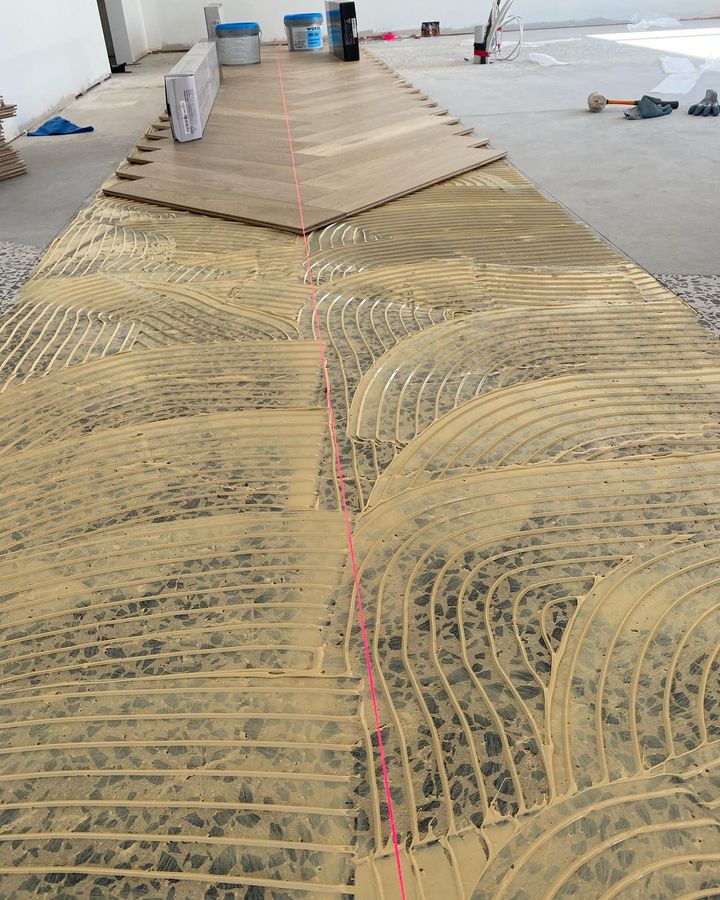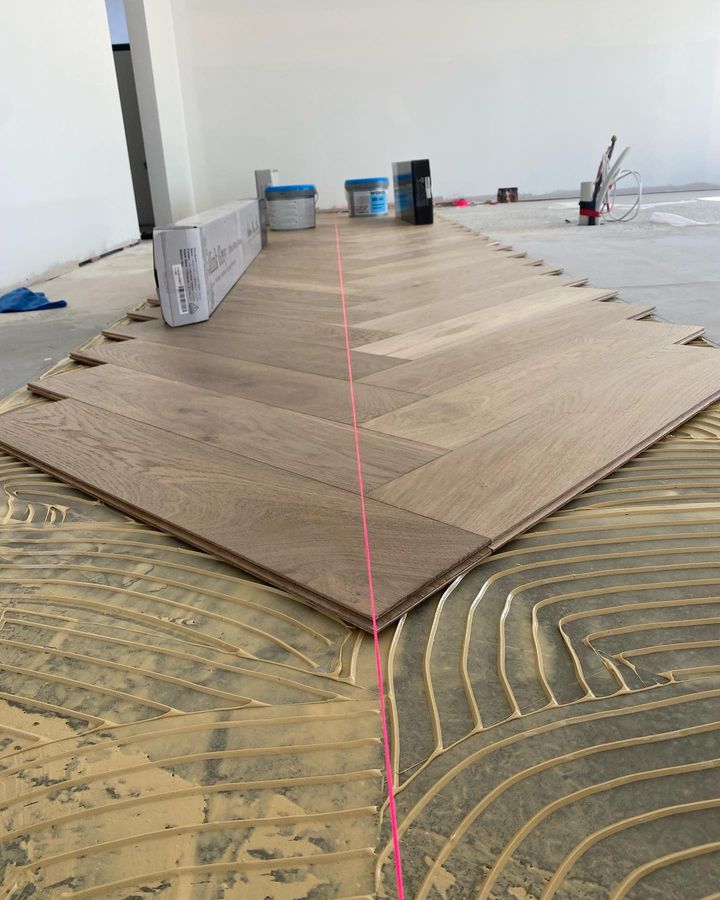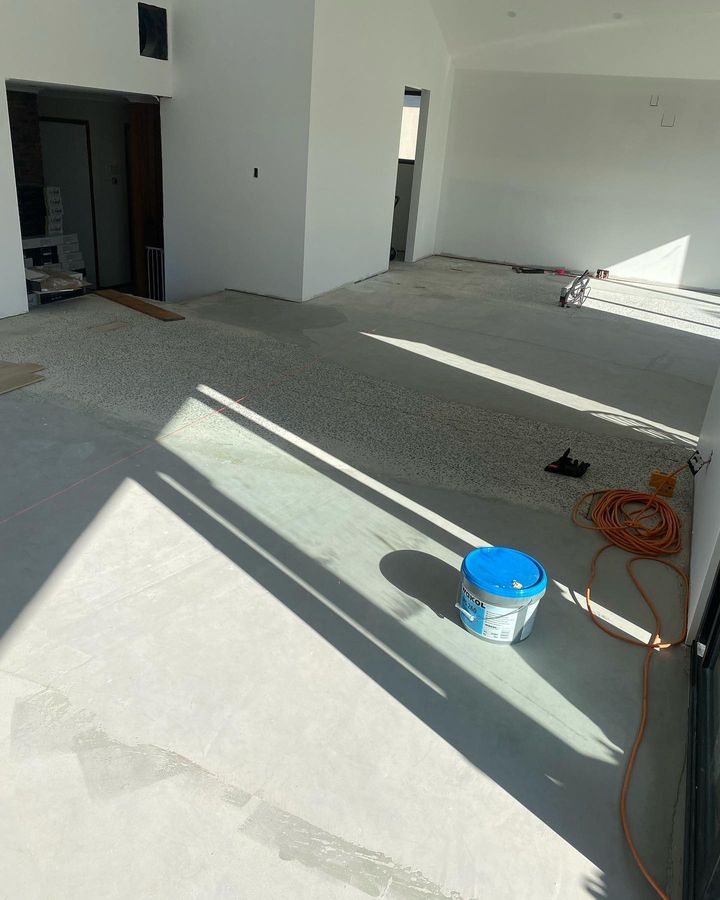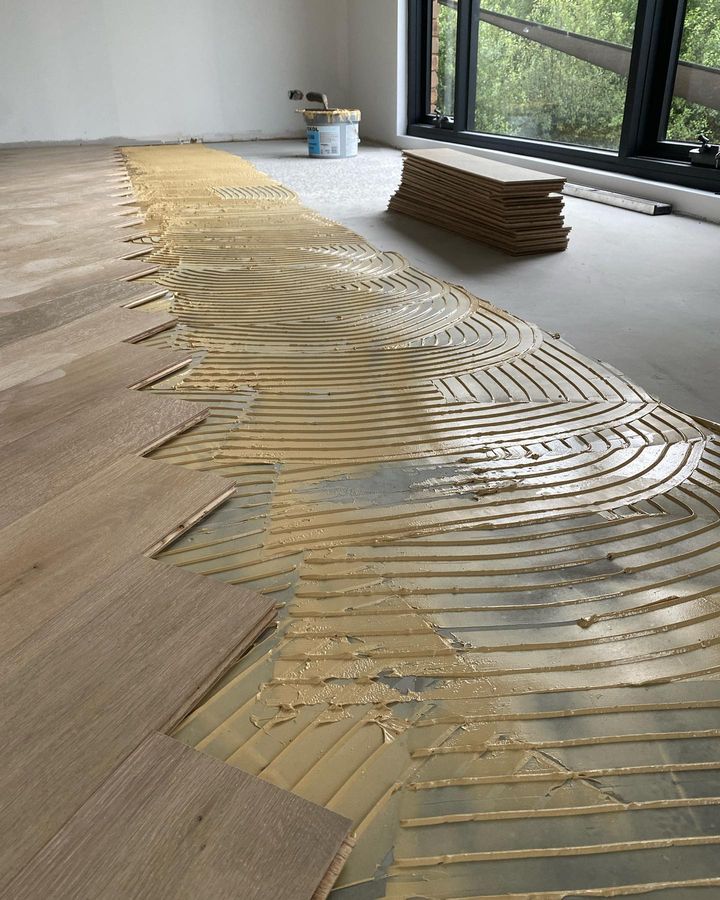You think it. We create it
Get your custom free quote by calling us on Quality Timber Flooring
or complete our online form today.
Hello there, a fellow admirer of the beauty and comfort that comes with a well-maintained floor!
If you’ve landed here, chances are you’re on the hunt for a solution to the frustrating problem of worn-out or damaged timber floors. But what if I told you that you could bring your floors back to life with a touch of wild, unbridled creativity. That’s right, my friend. We’re not talking about any random sanding and polishing services. We’re talking about the kind of sanding and polishing that can take your dull and lifeless floor and transform it into a breathtaking work of art.
Your floors are the foundation of your space, and they deserve the utmost care and attention. Finding the right solution for your floors can feel like a daunting task, especially concerning polishing and sanding. But fear not. I am here to equip you with everything you need to make an informed decision.
So, whether you’re a homeowner with an eye for design, a business owner seeking to impress customers, or simply someone who wants to experience the thrill of a new and improved space, join us on this journey as we explore the wonders of floor sanding and polishing.
Here is the list of subtopics that we are going to cover:
So, What is Floor Sanding and Polishing?
Floor sanding and polishing is a process that involves removing the top layer of a wooden floor using sandpaper and then applying a new coat of finish to the surface. This process will help you restore the shine and smoothness of a wooden floor, as well as remove any scratches, stains, or imperfections on the surface.
Look at you. You are already on your way to becoming a Floor Sanding and Polishing expert.
But before you start dishing out expert advice to your neighbours on how to pick the right solution, for their floors. Let’s make sure your own hardwood floors are up to the challenge. Remember, not all floors can handle the sanding and polishing process.
There are Four Types of Hardwood Flooring
- Solid Hardwood:
This type of hardwood flooring is made from a single piece of timber. It can usually be sanded and refinished multiple times, as it has a thick wear layer that ranges from 5/16 inches to 3/4 inches.
- Engineered:
Engineered hardwood flooring is made up of multiple layers of wood with a veneer of hardwood on top. Depending on the thickness of the veneer, engineered hardwood flooring can usually be sanded and refinished at least once, but sometimes up to three times.
- Factory Finished:
Factory-finished hardwood flooring is prefinished with a coating at the factory before installation. It is important to note that the number of times a factory-finished floor can be sanded and refinished is limited compared to traditional site-finished floors. It’s because it usually has a thin wear layer, which ranges from 1/16 inch to 3/16 inch.
- Vinyl:
Vinyl flooring is not made of real hardwood, but it can mimic the look of hardwood. It is not possible to sand and refinish vinyl flooring, as it is made of synthetic materials that would not respond to sanding or polishing.
So do you know which type of flooring you have on your property?
No Idea? No worries.
Try the following steps to determine the type of hardwood flooring you have
- Look for the manufacturer’s information:
Check if there is any manufacturer’s information on the flooring or the original packaging. This may provide some clues about the type of hardwood flooring you have.
- Inspect the edges:
Look at the edges of the planks to see if they are tongue and groove. If they are, it’s most likely solid hardwood or engineered hardwood. If they are not, it’s most likely factory-finished hardwood.The simplest way to tell the difference between solid hardwood and engineered hardwood is to look at the side of the plank. If it is one solid piece of wood with a continuous grain, it’s solid hardwood. If you see different layers of wood, it’s engineered hardwood.
- Vinyl flooring:
This is not hardwood flooring, but it can look like hardwood. You can tell it apart from hardwood by looking at the edges of the planks, which will not be tongue and groove, and it will be thinner and more flexible than hardwood flooring.
To learn more about the difference between sanding and polishing for the different types of wood. Take a look at this guide that covers everything in detail.
If you’re ready to give your hardwood floors a fresh new lease on life. It’s time to dive into the process of re-sanding, staining, and repair. But before you roll up your sleeves and bust out the sandpaper, there are a few key things you need to know to ensure your flooring makeover is a smashing success.
- Repair:
If your hardwood floors are damaged, such as from water or pet stains, the repair is necessary before re-sanding or staining can take place. Repairs can range from filling in small gaps and cracks to replacing entire sections of damaged wood. - Floor re-sanding:
Re-sanding is the process of removing the top layer of your hardwood floors to reveal a fresh, smooth surface. This process will remove scratches, dents, and other signs of wear and tear. - Staining:
Staining is the process of adding color to your hardwood floors. This can help enhance the natural beauty of the wood, and it can also help cover up imperfections or inconsistencies in the wood grain.
It’s important to work with a professional flooring contractor to ensure they are done correctly and safely. A flooring contractor will help you choose the right stains and finishes for your floors, considering factors like wood type, foot traffic, and your space’s overall style.
Cost Analysis:
When it comes to cost, the price of floor re-sanding, staining, or repair can vary depending on factors such as the size of the area, the condition of the floors, and the types of finishes and stains used. However, the investment can be well worth it in terms of the added beauty, durability, and value of your hardwood floors.
If you want to dig deep into Floor Re-Sanding and Repair, read this article that covers everything in detail.
Frequently Asked Questions
-
The time required for sanding and polishing depends on various factors, such as the size of the floor, the type of wood, and the extent of the repairs needed. Our team will provide you with an estimated timeline for your specific project.
-
Our team uses the latest equipment and techniques to minimise the amount of dust generated during the sanding process. We take extra care to ensure that your space remains as clean and dust-free as possible.
-
We recommend that you remove all furniture and other items from the area to be sanded and polished. Our team will also advise you on any other steps that you may need to take to prepare your space for the work.
-
In some cases, sanding and polishing may be sufficient to restore your damaged floor. However, if the damage is extensive, we may recommend additional repairs or even replacement of the affected area. Our team will assess the condition of your floor and provide you with the best course of action.
-
This depends on the type of flooring material you have and the amount of foot traffic the floor receives. In general, hardwood floors should be sanded and polished every 7-10 years, while softer woods may need to be done more frequently.
-
We are committed to ensuring that you are completely satisfied with the results of your sanding and polishing project. If, for any reason, you are not satisfied, please let us know, and we will work with you to make things right.
What Our Process Looks like?
Initial inspection of the floors’ condition
Before we begin any work, we conduct a thorough inspection of your hardwood floors to assess their condition and identify any areas that require repair or restoration.
Removal of the skirting boards if required
If necessary, we carefully remove the skirting boards to allow for full access to the floorboards.
Replace every broken & damaged floorboard
We replace any broken or damaged floorboards with new ones to ensure a smooth, even surface.
Punch down protruding nails & apply timber filler
We punch down any protruding nails and apply timber filler to any gaps or cracks in the floorboards to create a seamless surface.
Specialised sanding and cleaning of the entire floor
Using specialised sanding equipment, we sand the entire floor to remove any scratches, dents, or imperfections. We also thoroughly clean the floor to remove any dust or debris.
Apply final sealer & reinstall skirting once fully cured
Finally, we apply a final sealer to protect the floor from future wear and tear and reinstall the skirting boards once the sealer has fully cured.
While sanding and polishing services can help restore the beauty of your existing hardwood floors, sometimes a new installation is the best option for a long-term solution. Hardwood installation can provide you with new, beautiful floors that will last for decades, making it a smart investment in the value and appeal of your property.
Types of Hardwood Flooring:
- Solid hardwood flooring:It is made from a single piece of wood and is available in a variety of widths and thicknesses. It can be sanded and refinished multiple times, making it a long-lasting option.
- Engineered hardwood flooring:It is made from several layers of wood and is designed to resist moisture and humidity. It can be installed over concrete slabs and below-grade surfaces, making it a versatile option
.
- Prefinished hardwood flooring:It comes already sanded, stained, and finished, which eliminates the need for sanding and finishing during installation. It is a convenient option that can save time and effort.
Methods of Hardwood Flooring Installation:
- Nail-down installation:It involves using nails to attach the flooring directly to the subfloor. It is a traditional method and requires the use of a nail gun.
- Glue-down installation:It involves using adhesive to glue the flooring directly to the subfloor. It is a suitable method for engineered hardwood flooring.
- Floating installation:It involves interlocking the planks without any attachment to the subfloor. It is a quick and easy method of installation that can be done without professional help.
There is much more to Hardwood Installation than just types and methods. If you are considering Hardwood Installation for your property. You should go through this page to explore everything in detail and make an informed decision.
Why Choose Us?
- Unmatched Expertise:
We’ve fine-tuned our craft for over 15 years, proudly earning the reputation as “Melbourne’s Leading Specialists.” By choosing us, you’re gaining access to experts who are continuously pushing boundaries with cutting-edge techniques and skills to deliver the finest results possible.
- Attention to Detail:
We’re obsessed with the details! We take the time to inspect your floors and determine the best approach for restoring them. From sanding and polishing to new hardwood installation, we meticulously attend to every bit, ensuring flawless results for your floors.
- Competitive Pricing:
We offer fixed-price quotes, so you can be sure that there are no hidden fees or surprises. Our goal is to provide you with the best possible price while maintaining the highest quality workmanship.
- Customer Satisfaction Guarantee:
Our goal is to exceed your expectations with our floor sanding and polishing services. We offer a customer satisfaction guarantee, and we won’t leave until you are completely satisfied with our work.

